





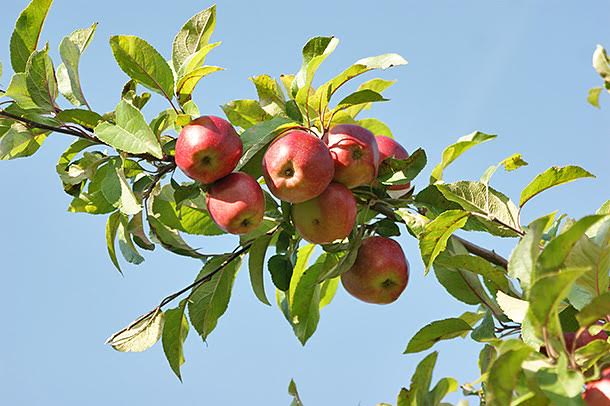
If you love a good apple, pear, peach or even cherries, you might want to think about planting a couple fruit trees in your backyard or garden. I grew up in an area where there were a lot of abandoned fruit orchards, full of trees that looked pretty sad. It didn’t stop us kids from trying to get ourselves a free treat when they were in fruit though, only to be met with small, hard, tasteless fruit full of insects. So, I pretty much thought growing fruit had to be hard. Turns out, while they do need a little care along the way, it doesn’t take much to raise your own delicious, healthy fruit! So here is our primer, how to grow fruit trees for beginners, so hopefully, you won’t be scared off like I was. After all, is there anything better than something sweet picked right off your own tree, in your own backyard?
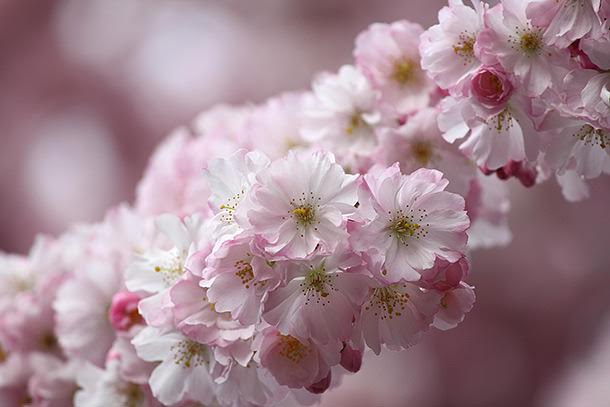
How to Grow Fruit Trees
Planting
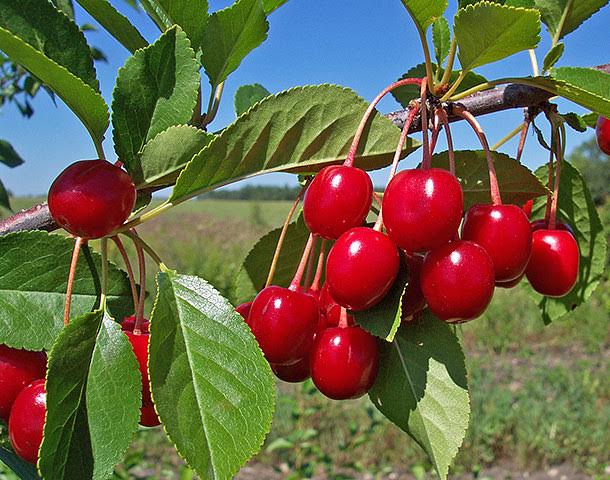
Watering and Fertilizing
Water the tree weekly during it’s first year, more during hot spells if necessary.
Use a balanced general fertilizer, or one specially made for fruit trees. Fertilize early in the spring for good fruit setting.
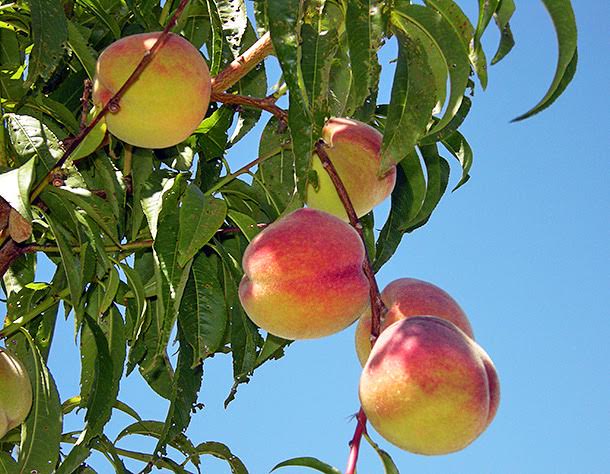
Pest and Disease Control
Prevention and early detection is the key to keeping your fruit trees healthy… let’s face it, once your apples are full of worms, there is no going back! In late winter, spray your fruit trees with a dormant oil spray, available at any nursery. Follow the directions on the package for whether you need to repeat your spraying. This is the most important thing you can do to prevent bug problems. The oil spray smothers the eggs and larva of harmful insects so they never get a chance to cause damage.
Watch for any infestations in spring, and treat with a spray, organic or otherwise as soon as you see any signs of damage.
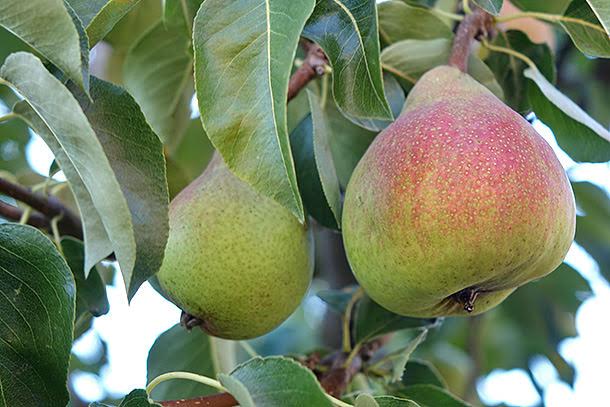
Pruning
Most people panic about all the “rules” for pruning fruit trees. You aren’t a big commercial orchard, you don’t have to take it that seriously. The idea behind pruning fruit trees is to maintain a well formed tree, and also to keep the crop healthy. In late summer after harvesting, trim back the tree branches to create a nice shape, then remove any crossing or broken branches. The same can be done in late winter, especially if you have some winter kill. In spring, once the fruit begins to set, watch for the need to thin out the fruit. Not only does thinning create larger, healthier fruit, it also helps prevent sagging branches that can break, or be more subject to rot and insects.
Remember, if you don’t have the room to grow fruit trees, there are lots of options. Most types have dwarf varieties suitable for containers, or you can espalier your trees against a wall to save space. (Oh yea, it looks really cool too!)
Copyright © www.100flowers.win Botanic Garden All Rights Reserved